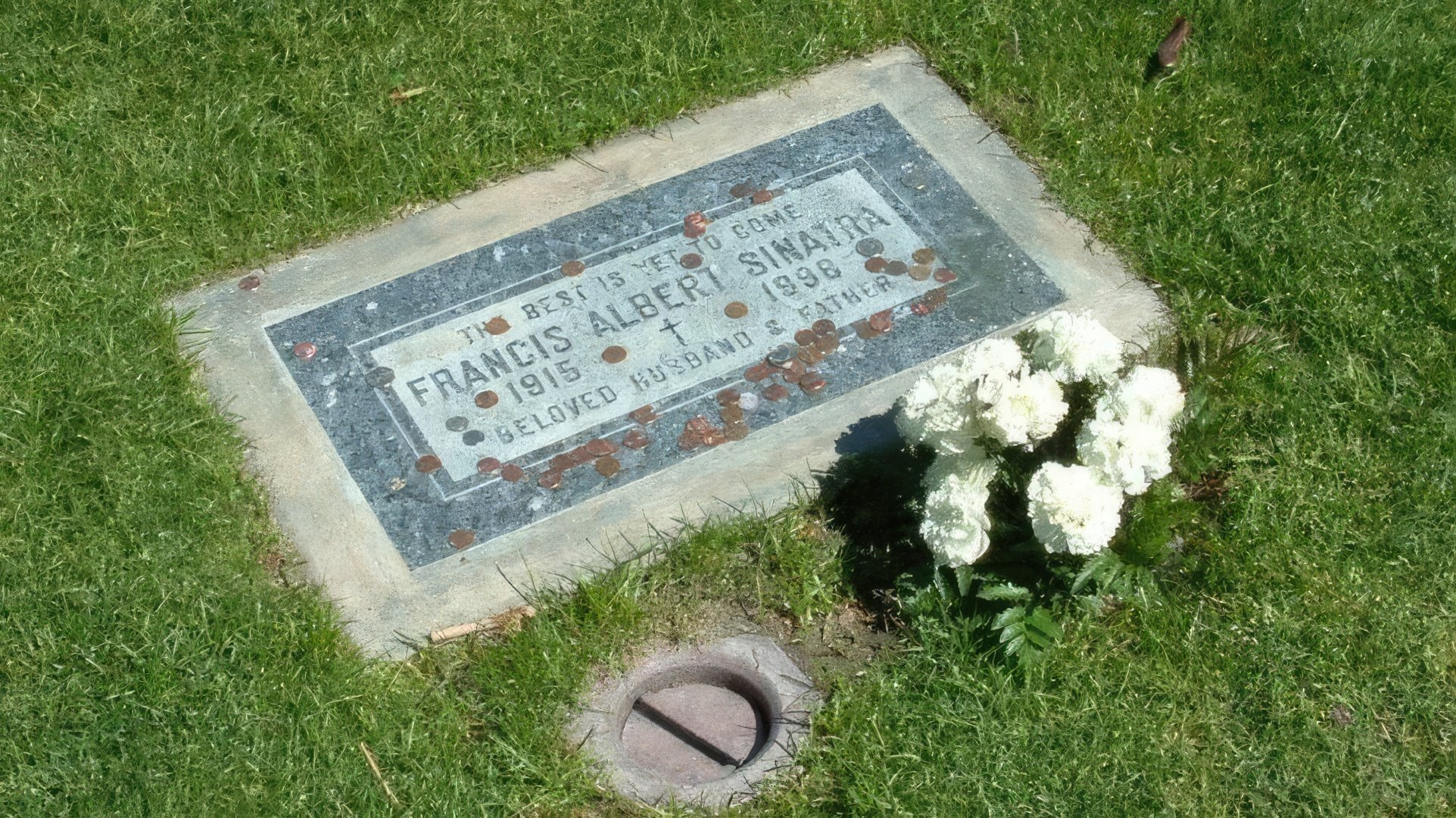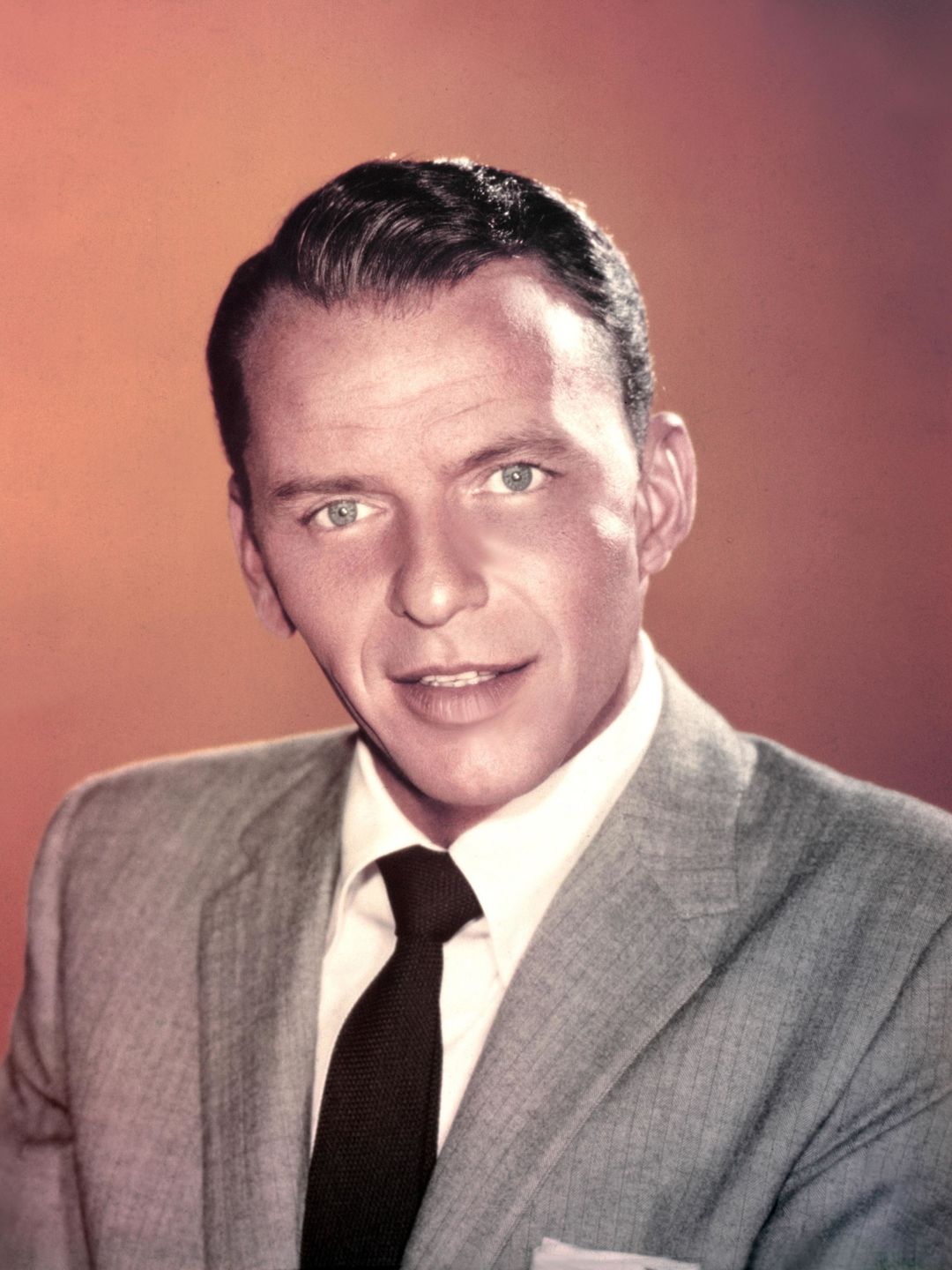Biography of Frank Sinatra
Frank Sinatra was an iconic American singer who defined his generation and secured his place as a legend in music history. Known as "the greatest voice of the 20th century," he earned three stars on the Hollywood Walk of Fame—for his work as a singer, film actor, and entertainer. Sinatra possessed undeniable charisma and was legendary for his romantic escapades, earning him a reputation as one of Hollywood's most notorious heartthrobs.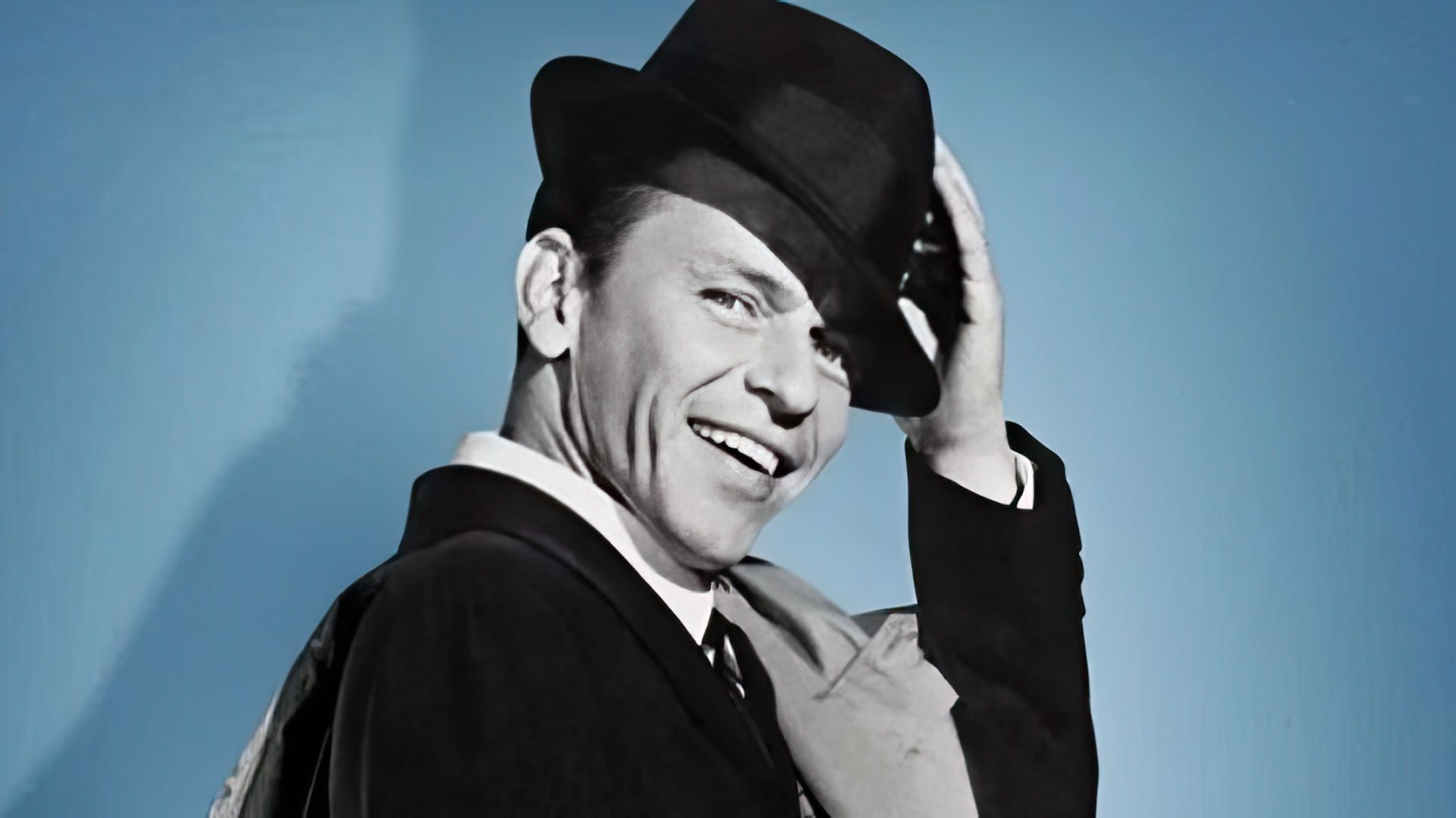
Childhood and Family
The future crooner was born to Italian immigrants who'd made their way to America in the early 1900s. His mother, Natalina Maria Vittoria (Dolly) Garaventa, came from the small village of Lumarzo near Genoa, and his father, Antonio Martino Sinatra, was a native of the town of Lercara Friddi, tucked away in northwestern Sicily's mountains. Lucky Luciano, the famous Italian mobster who also moved to America in the early 1900s, was from the same area. Frank tried his whole life to hide this information and categorically denied any personal acquaintance with the godfather of the American mafia. The connection remains documented in church records.After crossing the ocean, Sinatra's parents settled in the small port town of Hoboken, New Jersey. Italian and Irish immigrants battled fiercely for control of the loading docks, fighting to carve out their piece of the American dream. The town was divided into two parts, each with its own gangs.
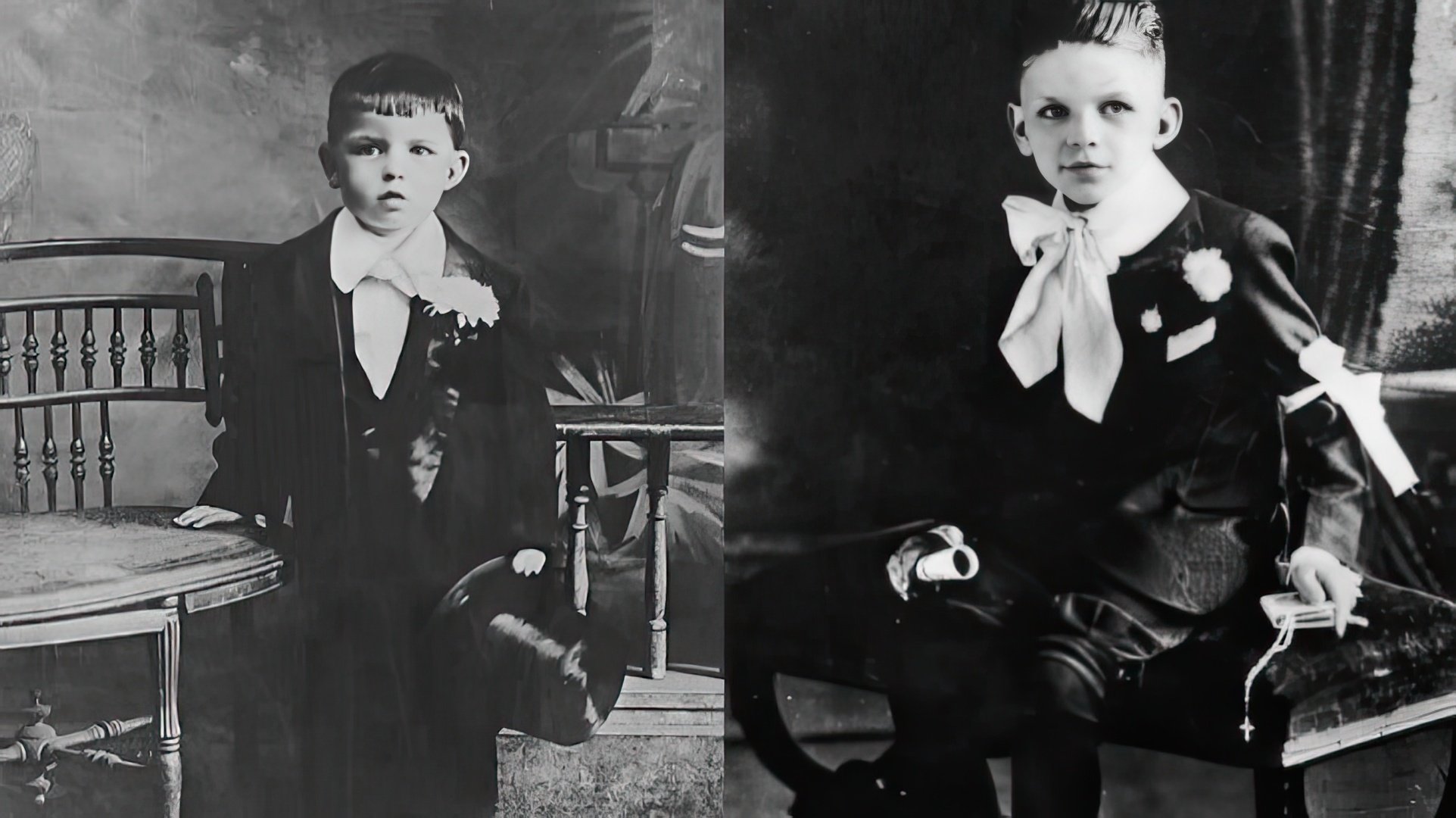
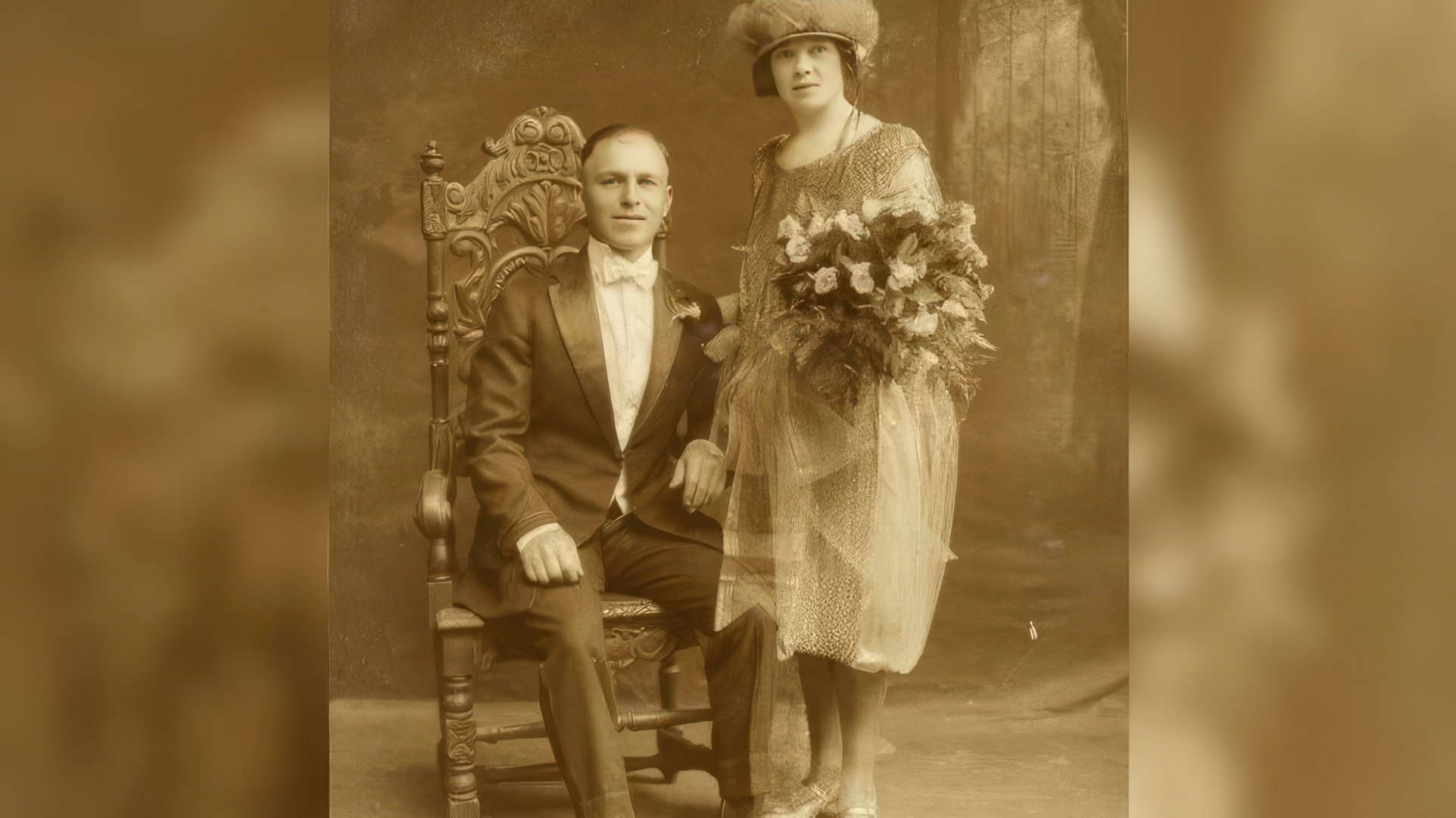
She simply had no time to raise her son. His father was also constantly busy, so the boy was under the care of his grandparents. They spoiled their only grandchild, who'd nearly died at birth. The baby was huge – about thirteen pounds. Doctors had to use forceps to deliver him. Frank was left with noticeable scars on his cheek and neck for life, and his eardrum was damaged, causing him to have poor hearing in his left ear.
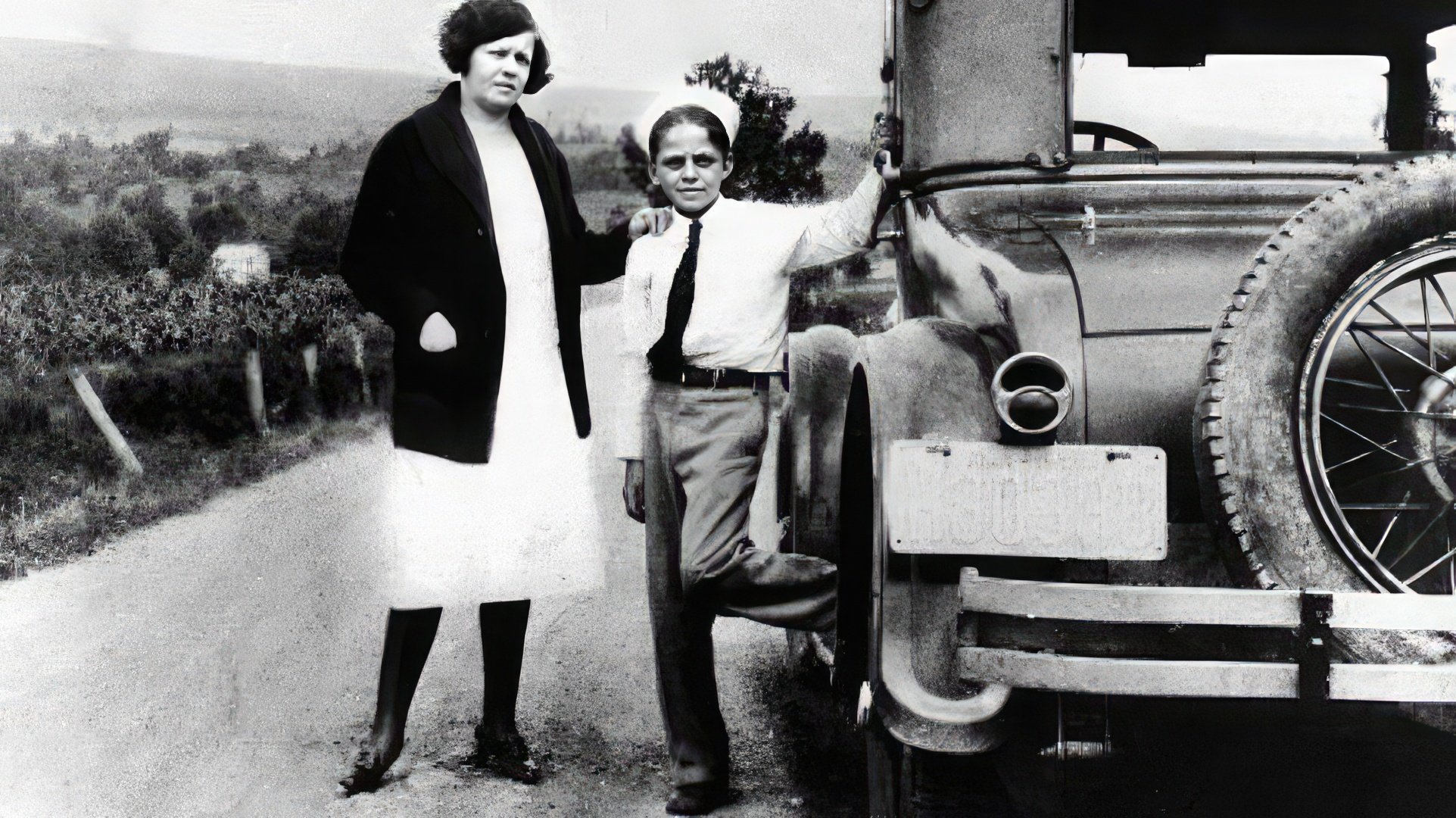
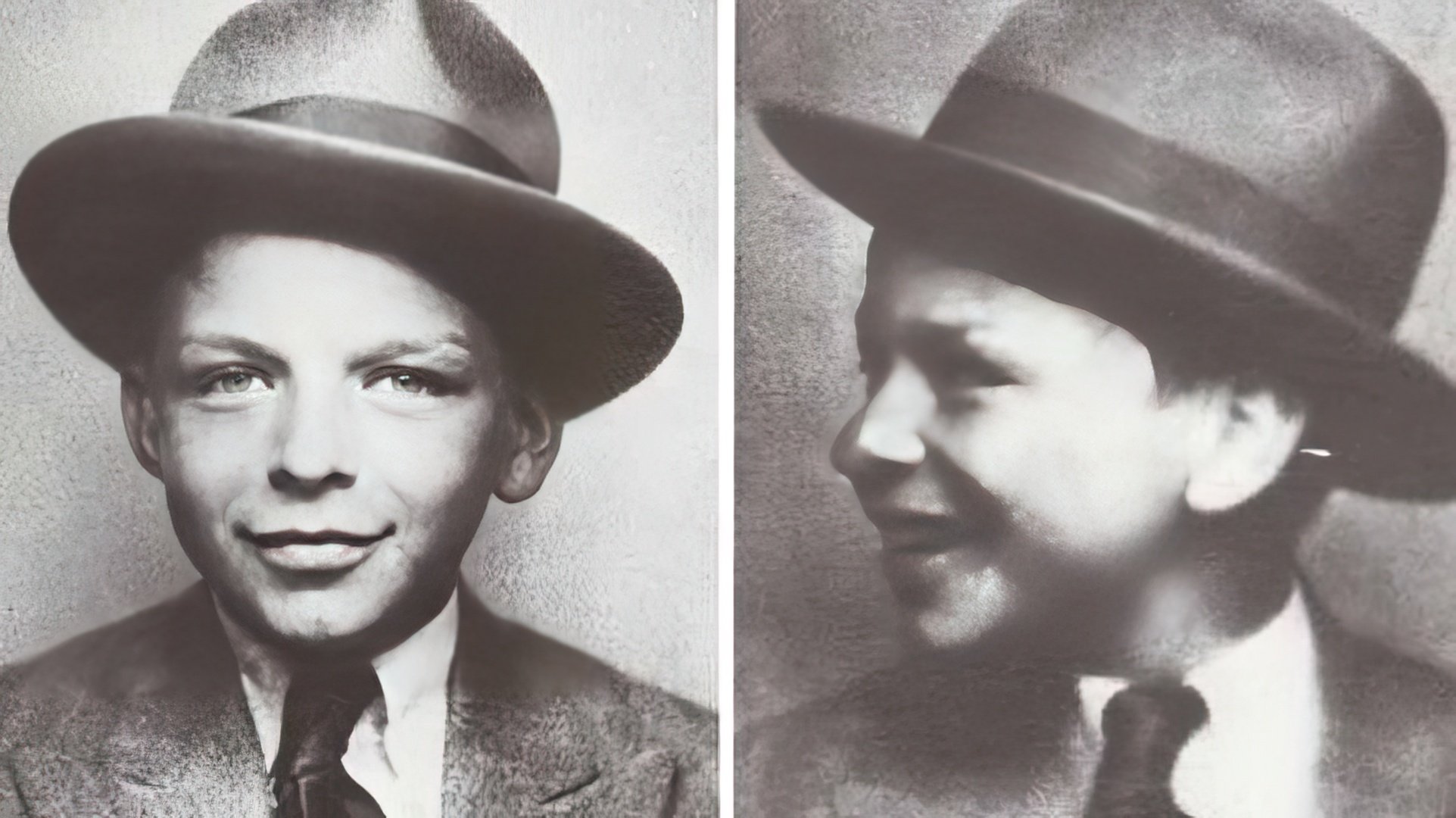
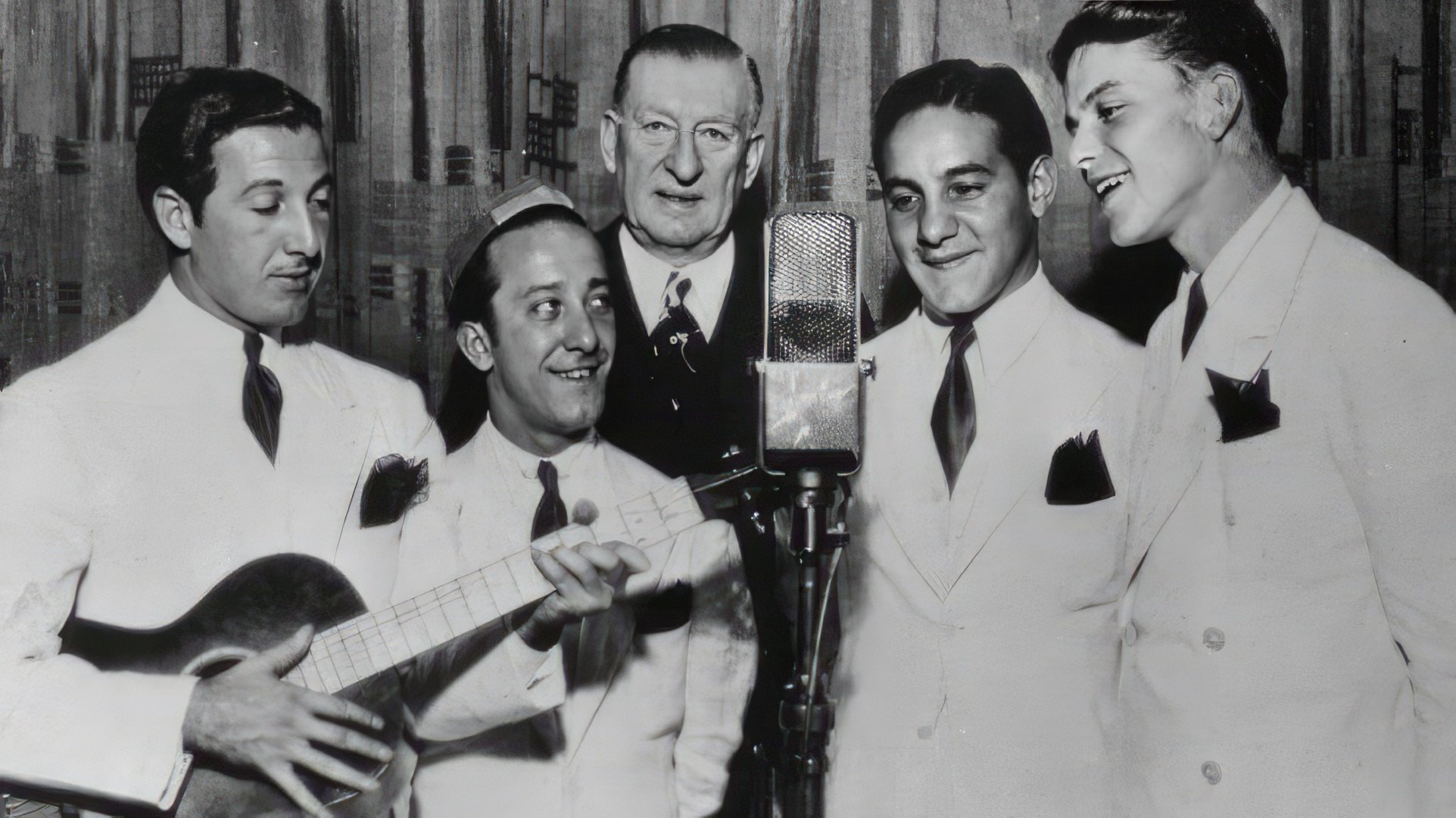
Career Path
Manhattan housed all the hottest stage venues, and Lucky Luciano – Sinatra's fellow Italian-American who'd become the American Mafia's godfather – controlled them. Frank's mother helped him connect with Lucky's people, and they arranged an audition for the young singer. The mobsters saw young talent as investments that could pay off big. Therefore, they took a liking to young Sinatra and decided to promote him.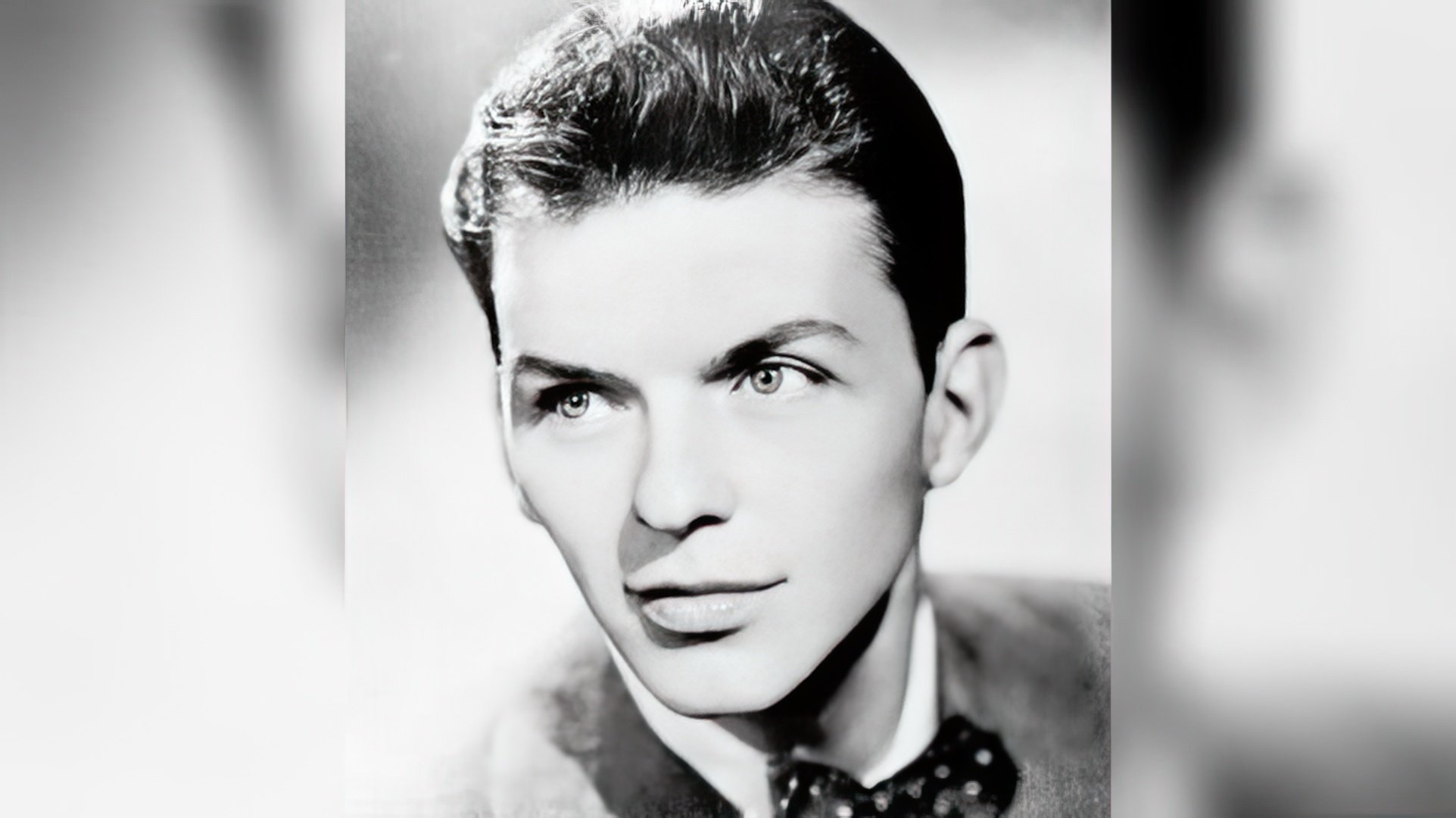
Sinatra's career was suddenly skyrocketing. Renowned musician and producer Harry James brought him into his orchestra, launching the young crooner on his first major cross-country tour. He then joined Tommy Dorsey's jazz band as a soloist and quickly shot to national stardom. His name blazed across posters at prestigious clubs and concert halls, with crowds of screaming fans mesmerized by his irresistible charm mobbing the entrances.
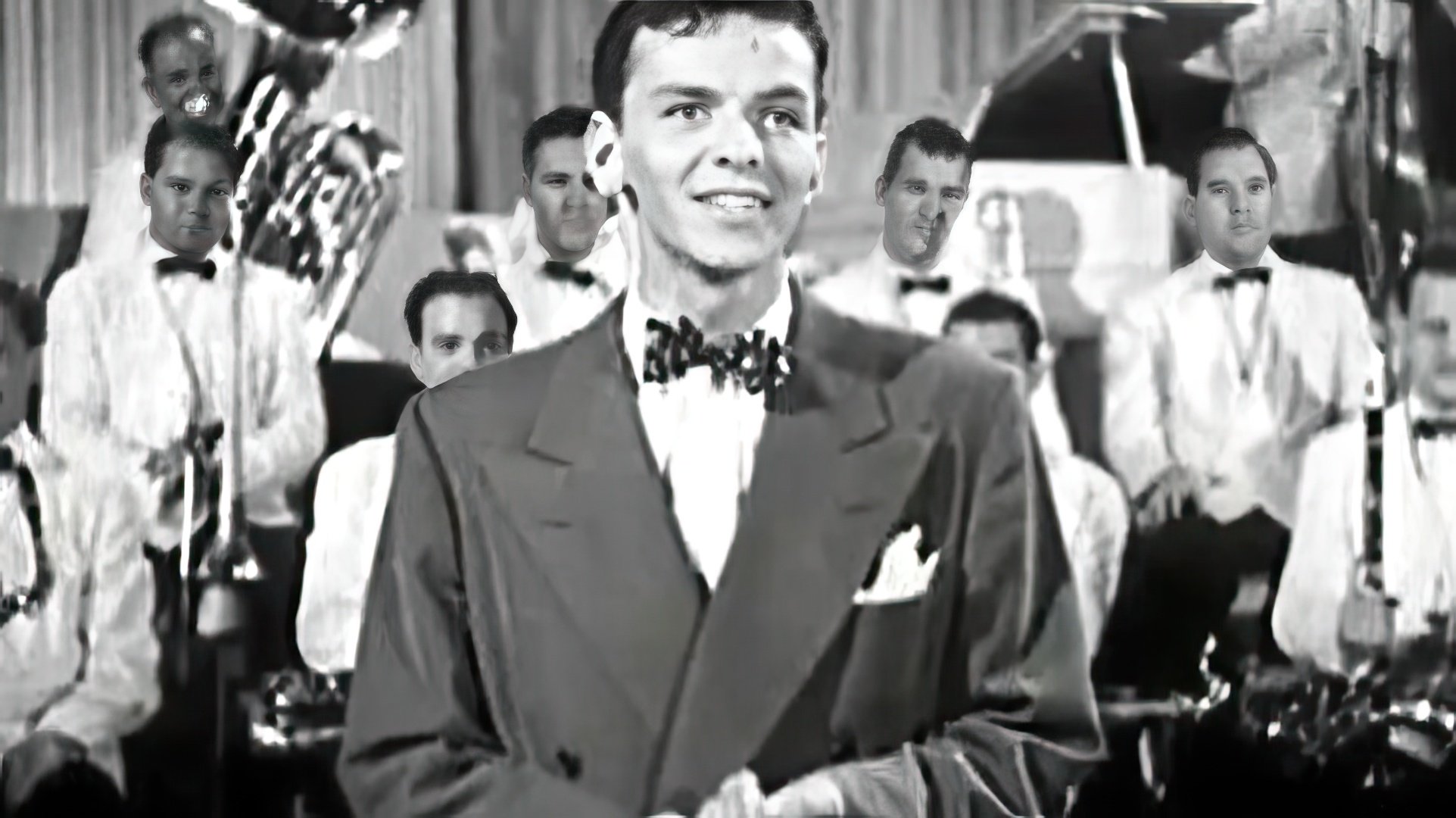
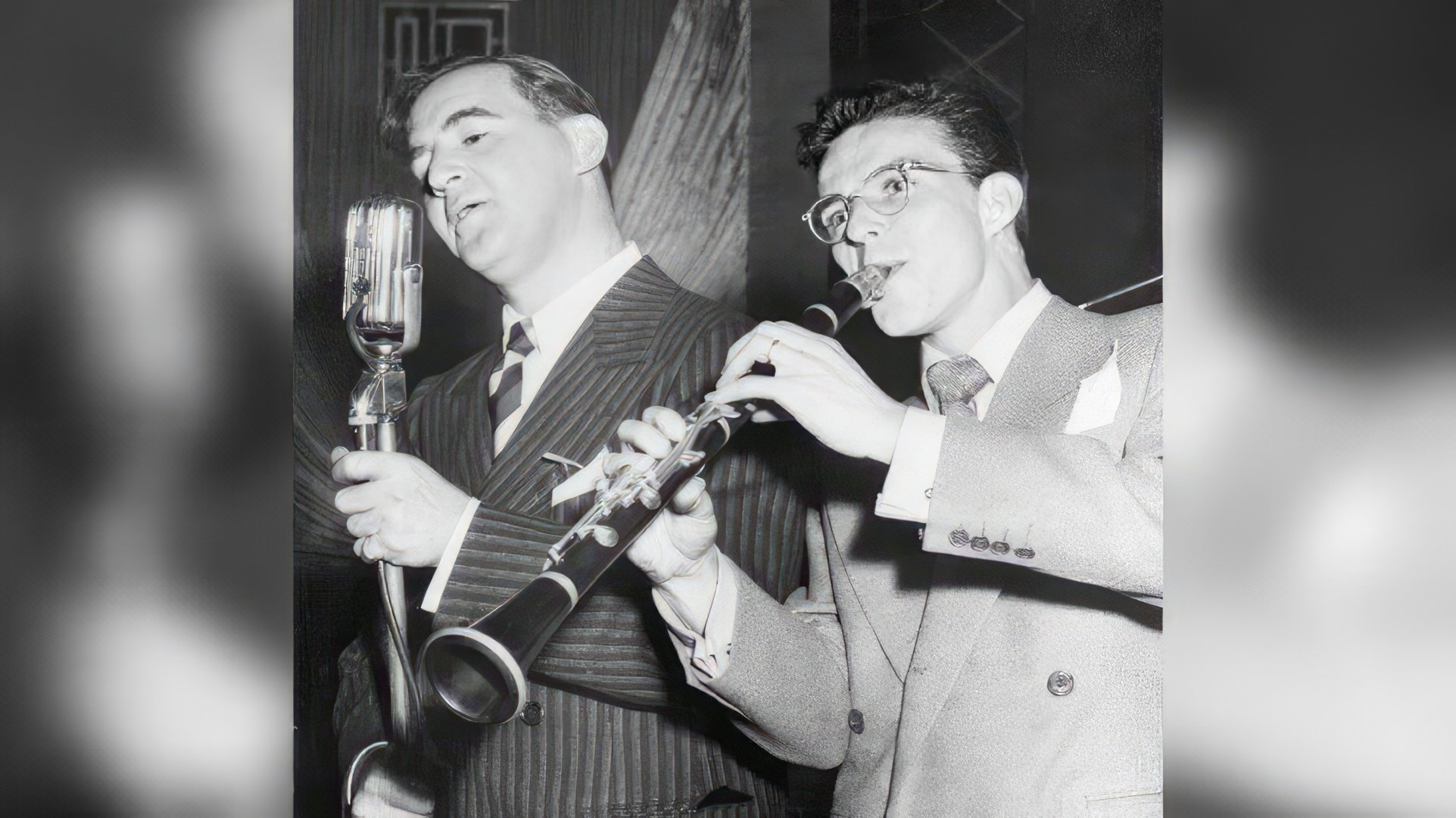
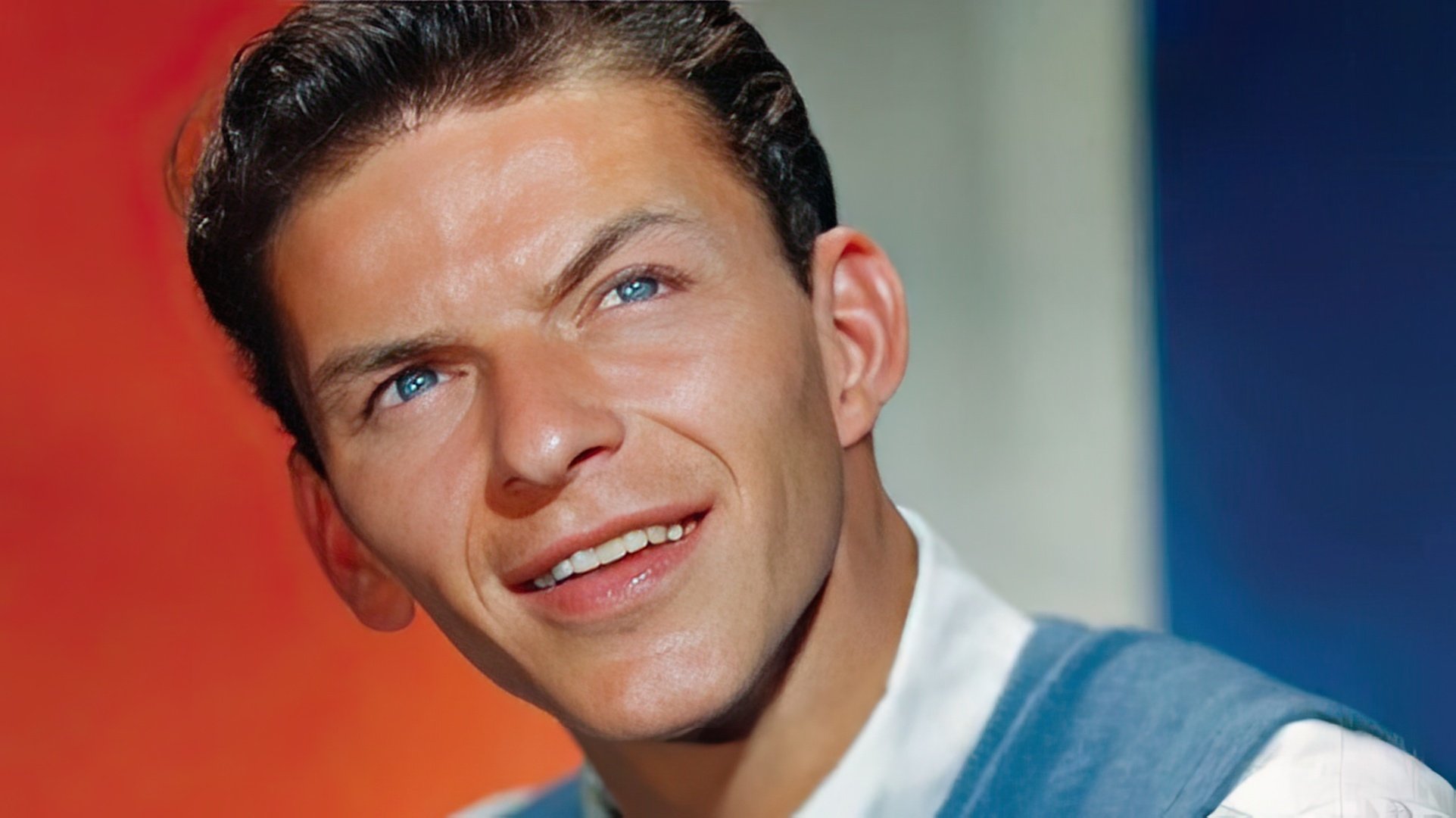
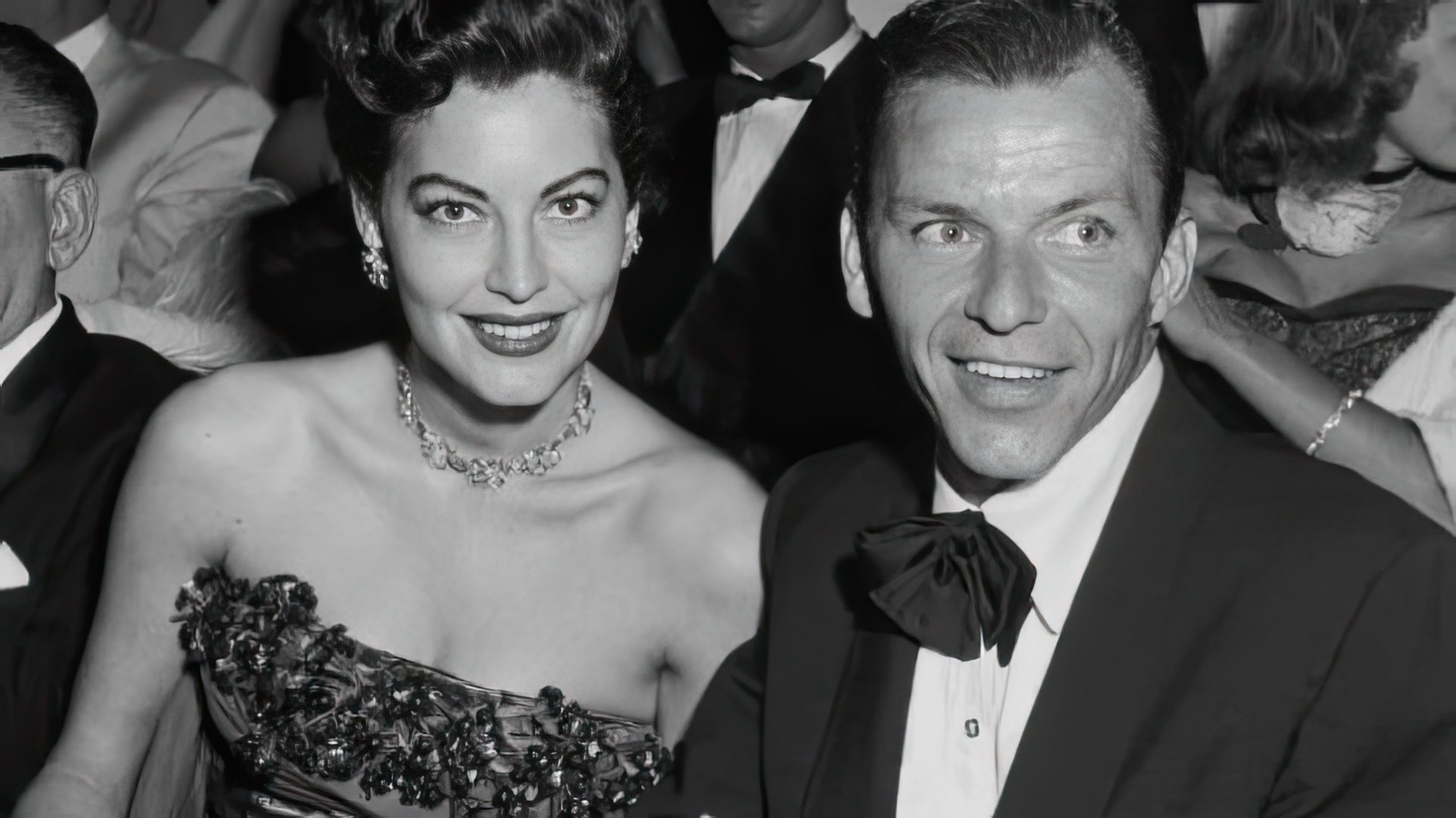
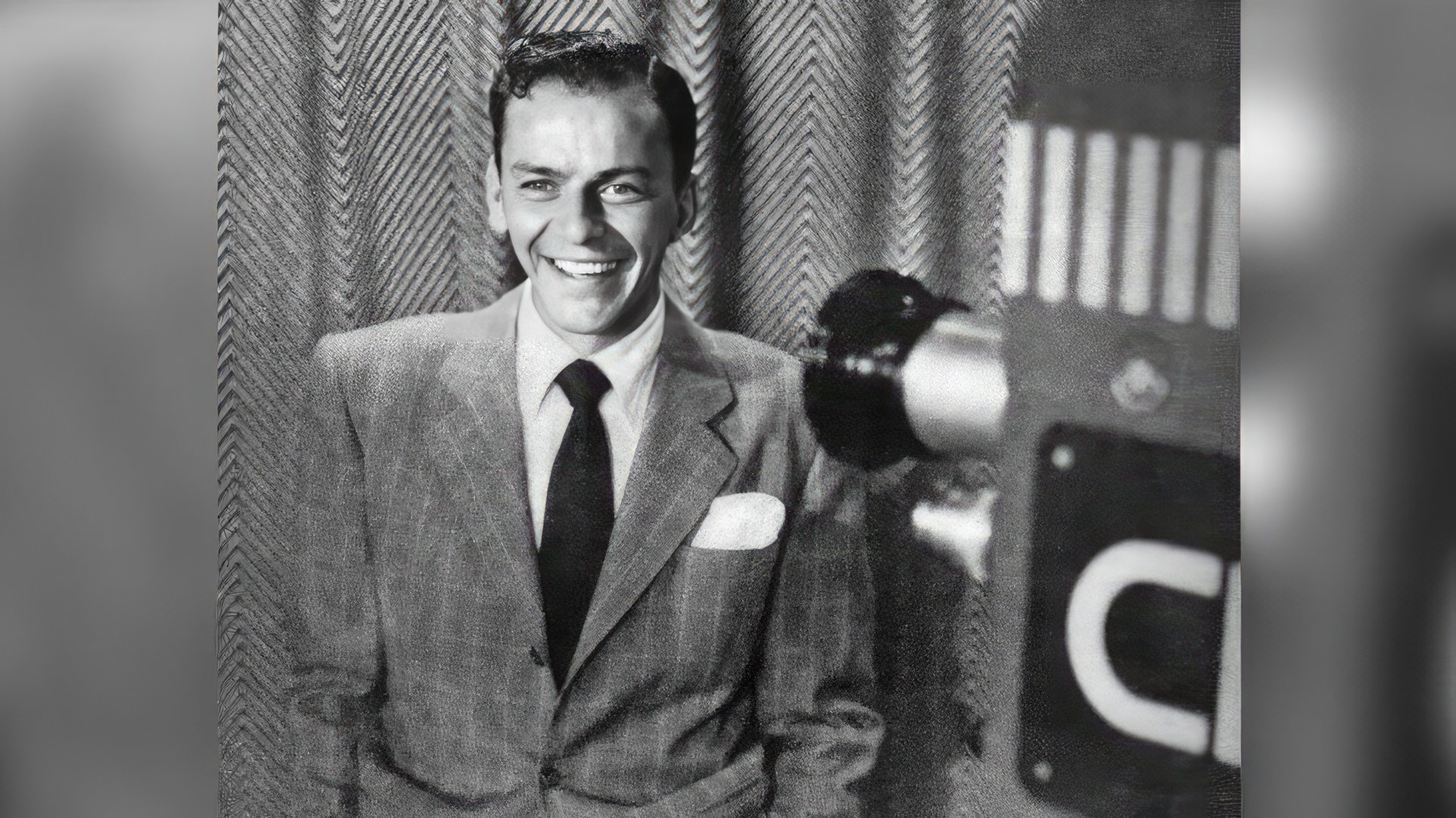
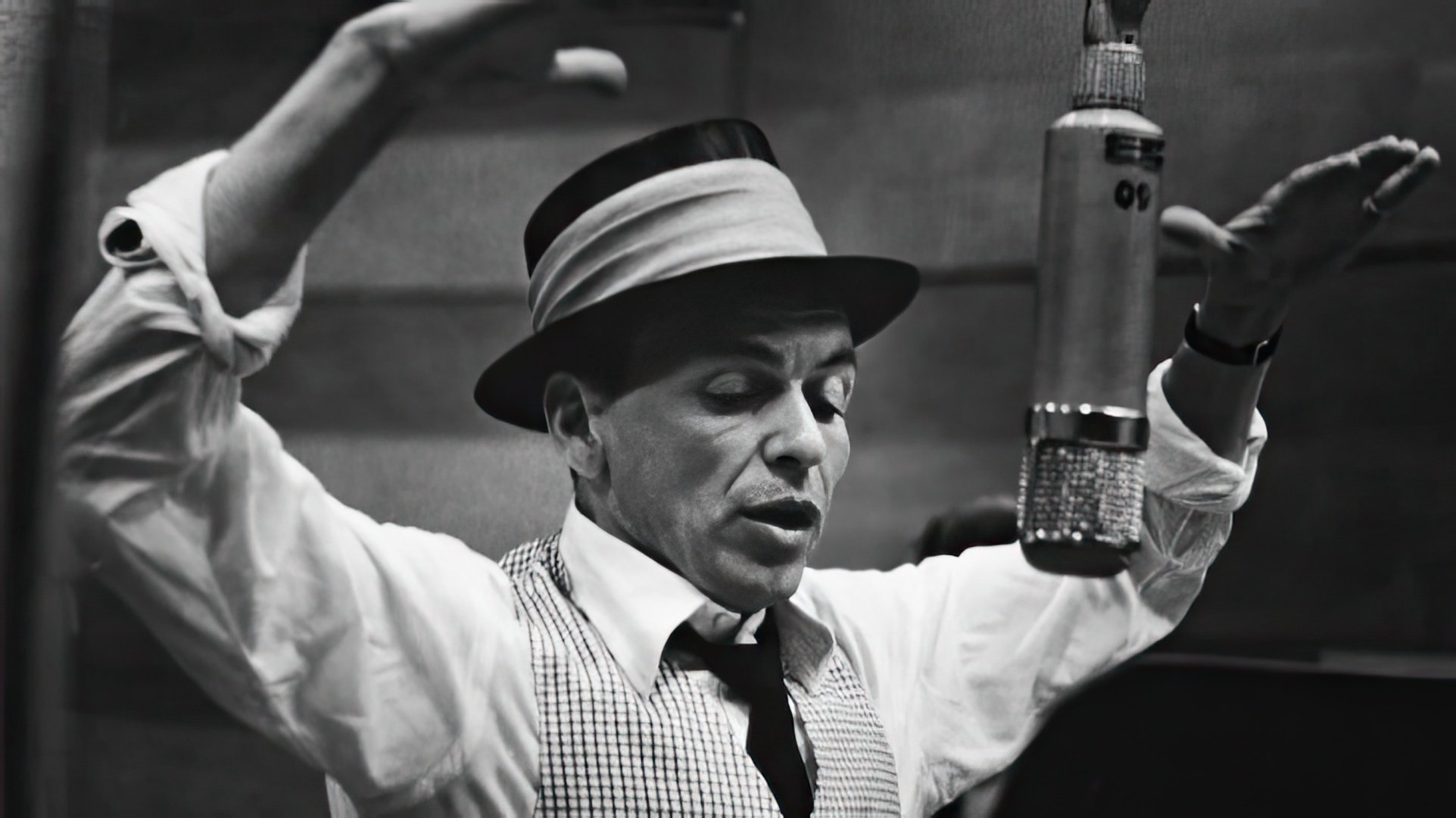
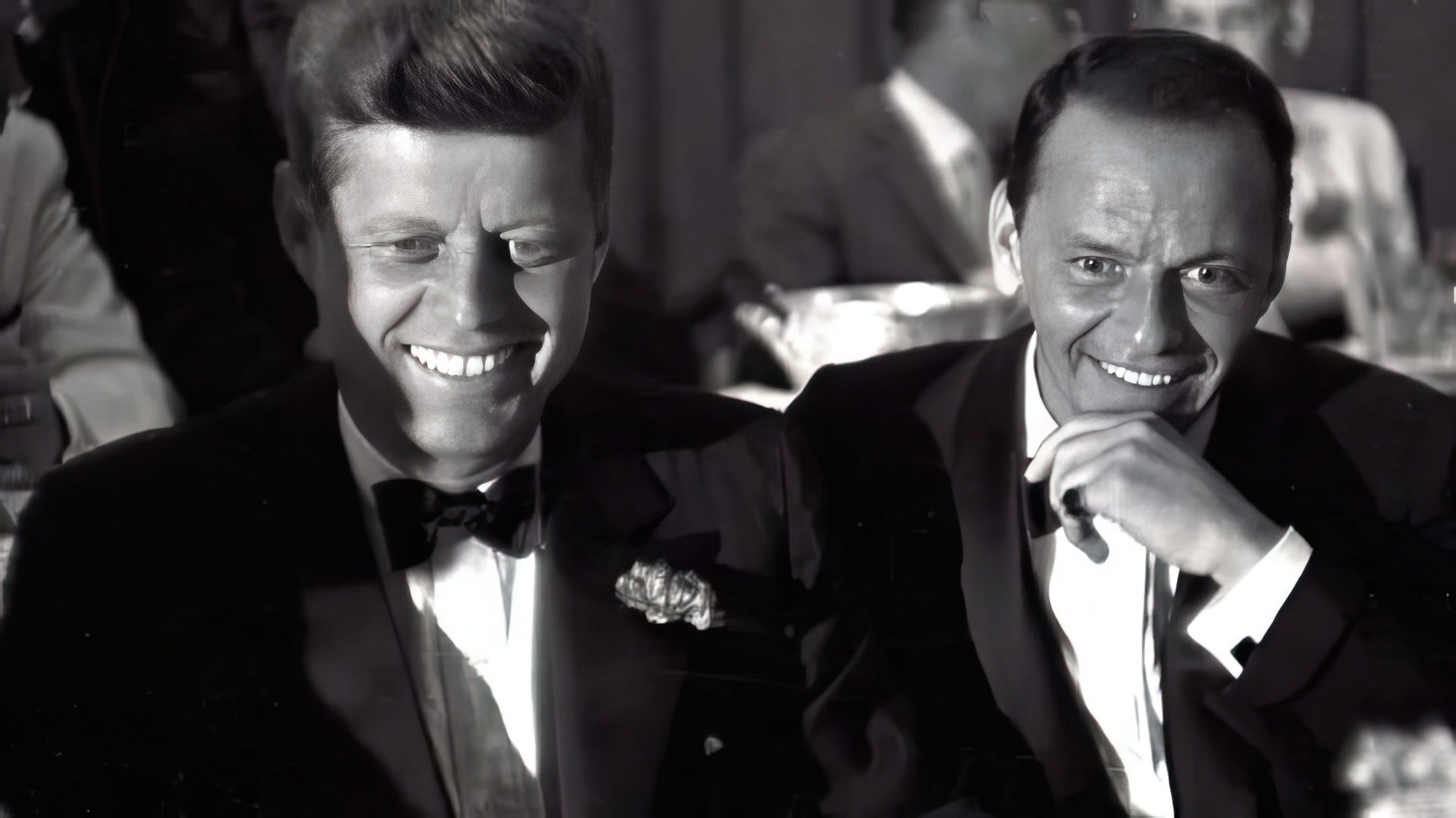
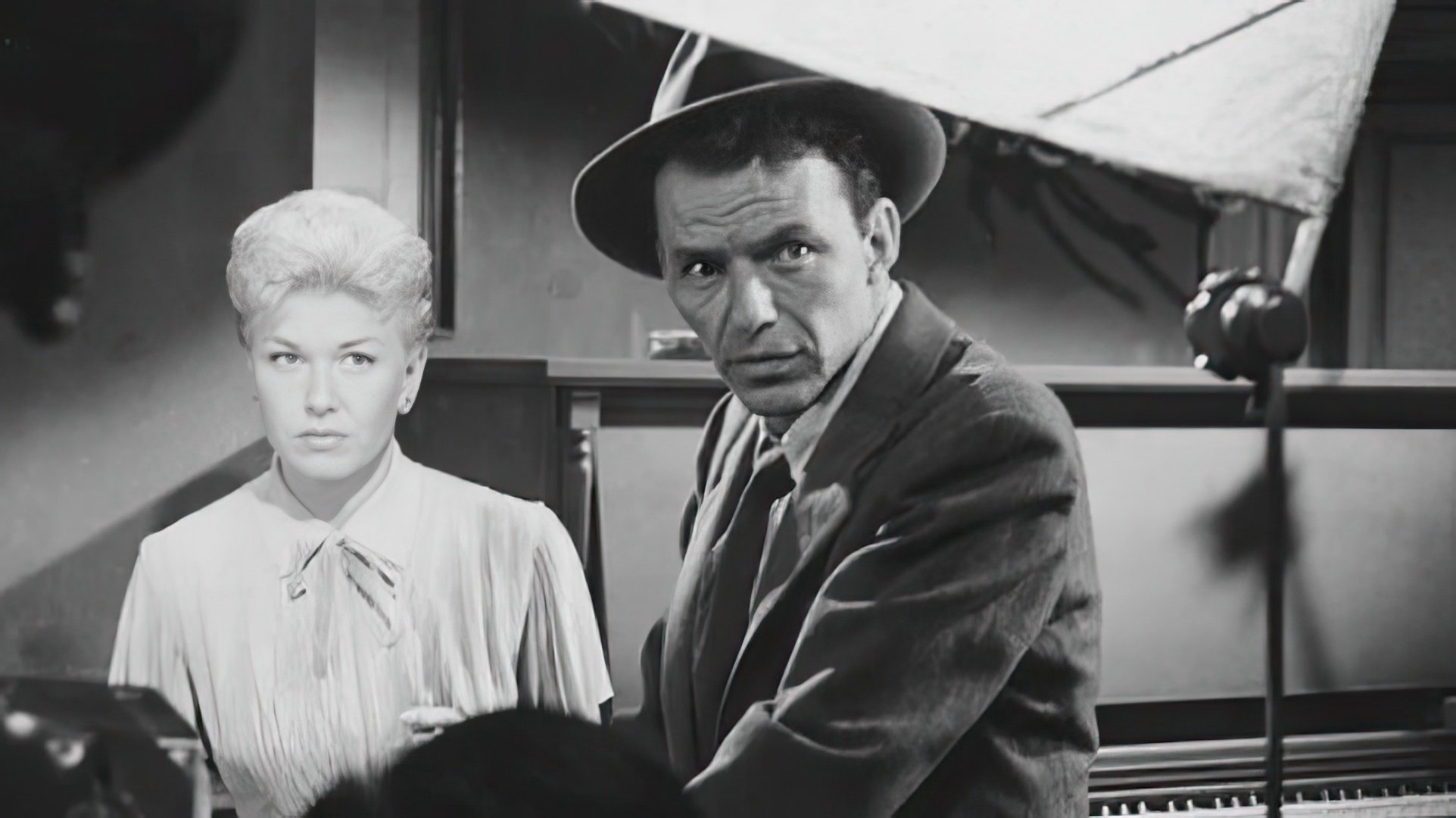
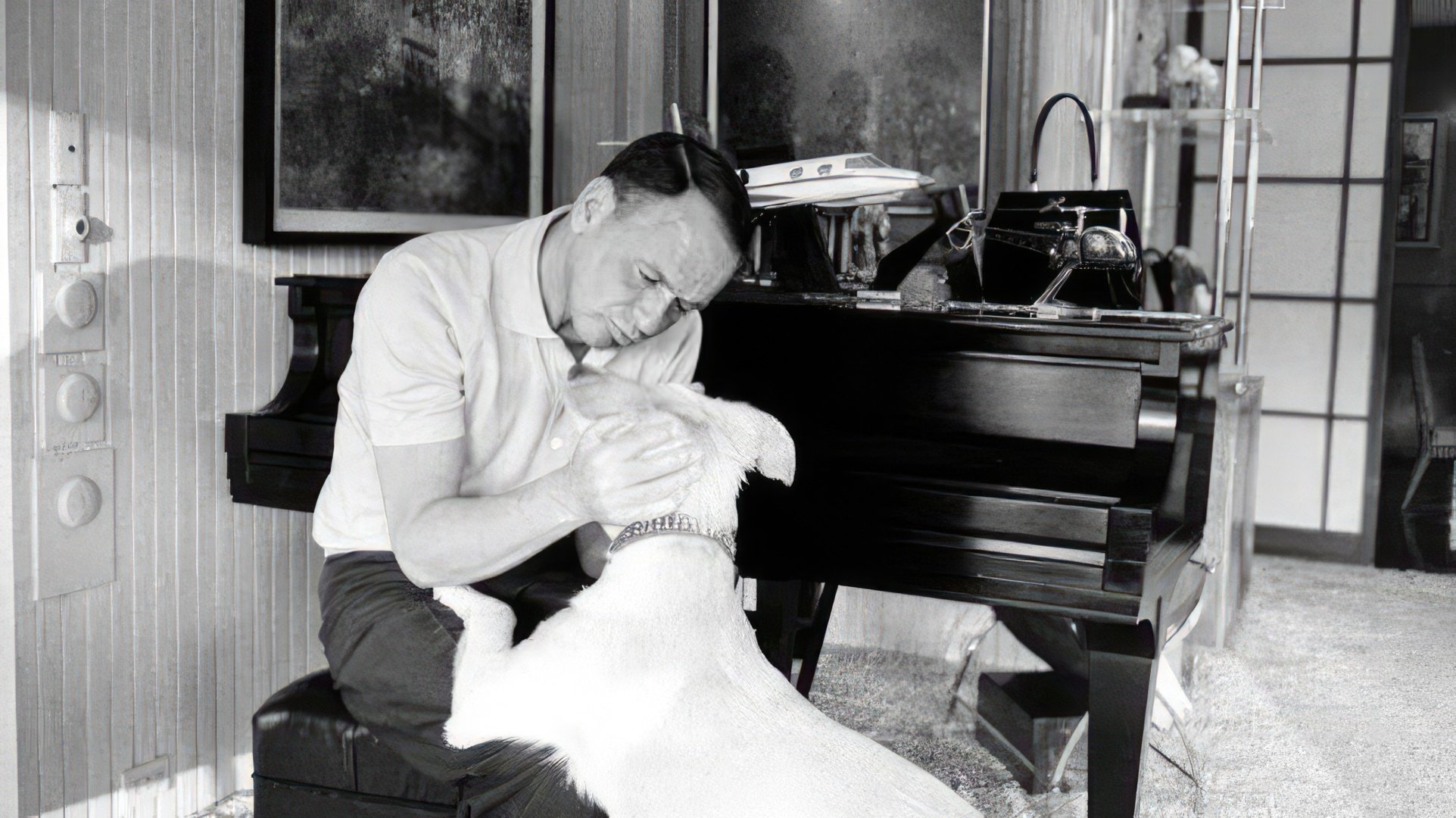
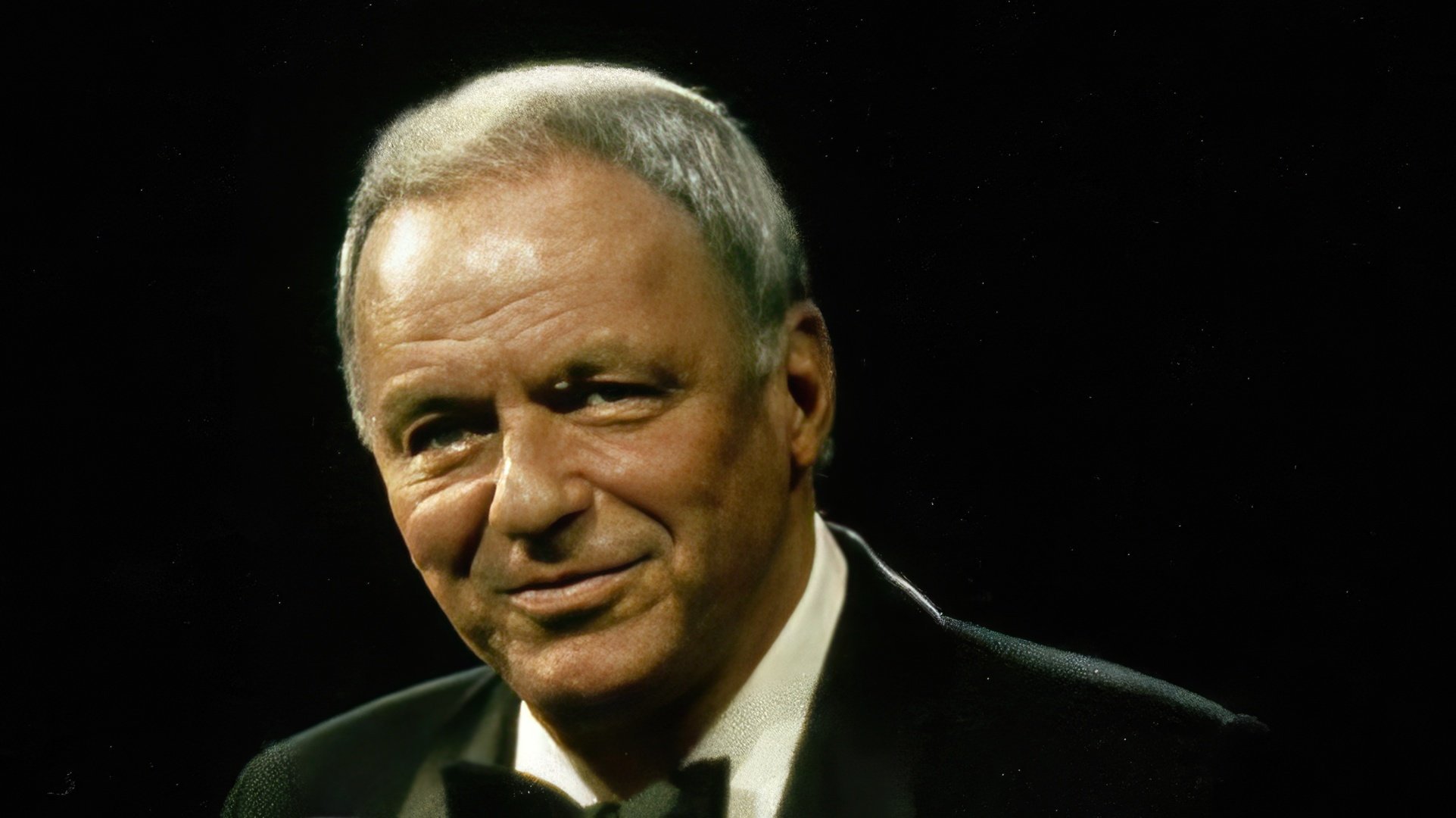
Frank Sinatra's Personal Life
Despite his short stature, facial scars, and slender build, Frank was a hit with women from an early age—and the feeling was mutual. His smooth voice made young hearts skip a beat, and his fiery Italian charm was simply irresistible. By fifteen, Frankie was already performing in taverns and bars, cruising around in a car his doting mother had bought him, and charging clothes to his own account at a fashion store.No wonder he never lacked for admirers—he even nearly landed in jail for having an affair with a married woman (back then, this was actually a criminal offense under American law).
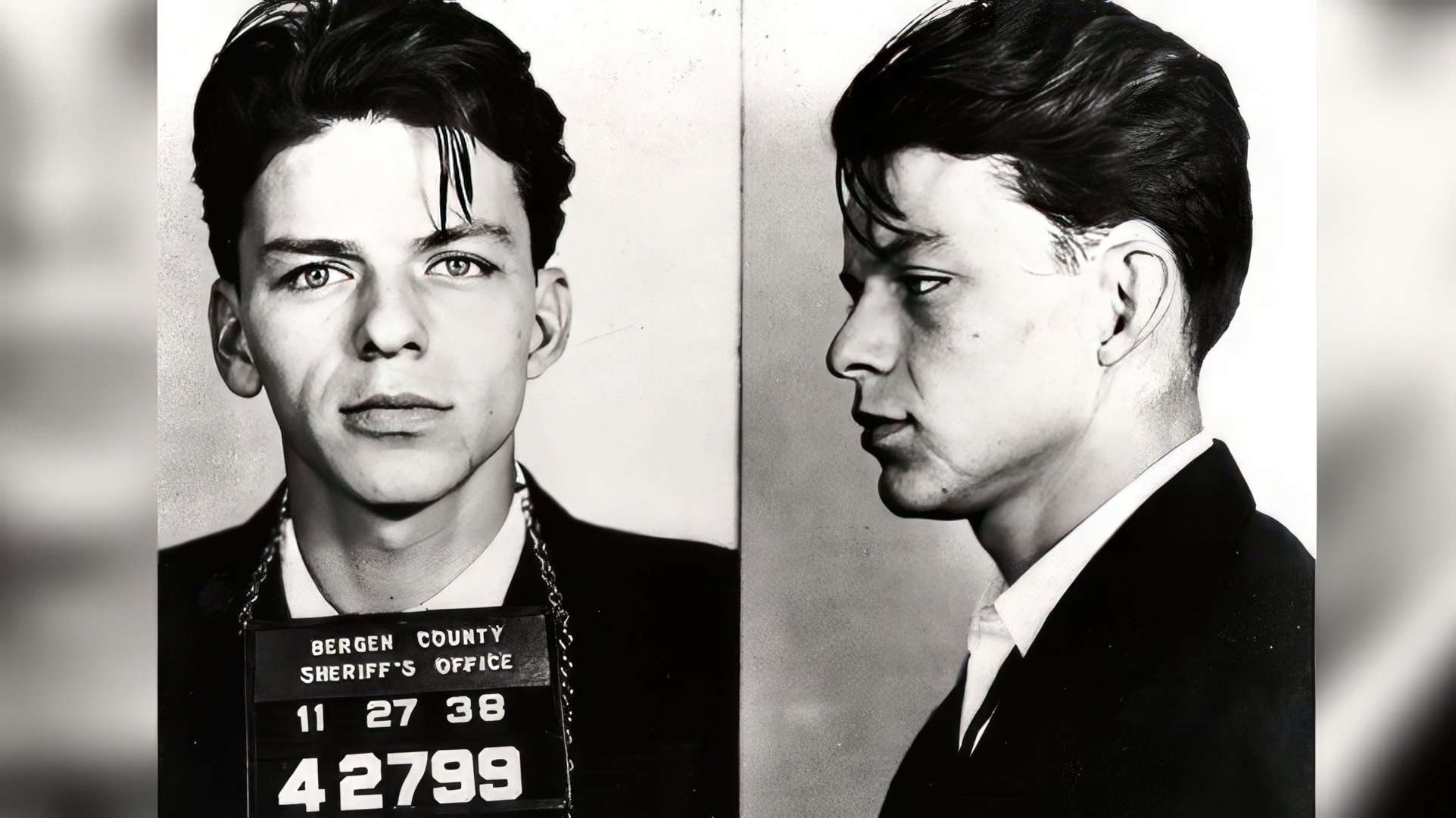
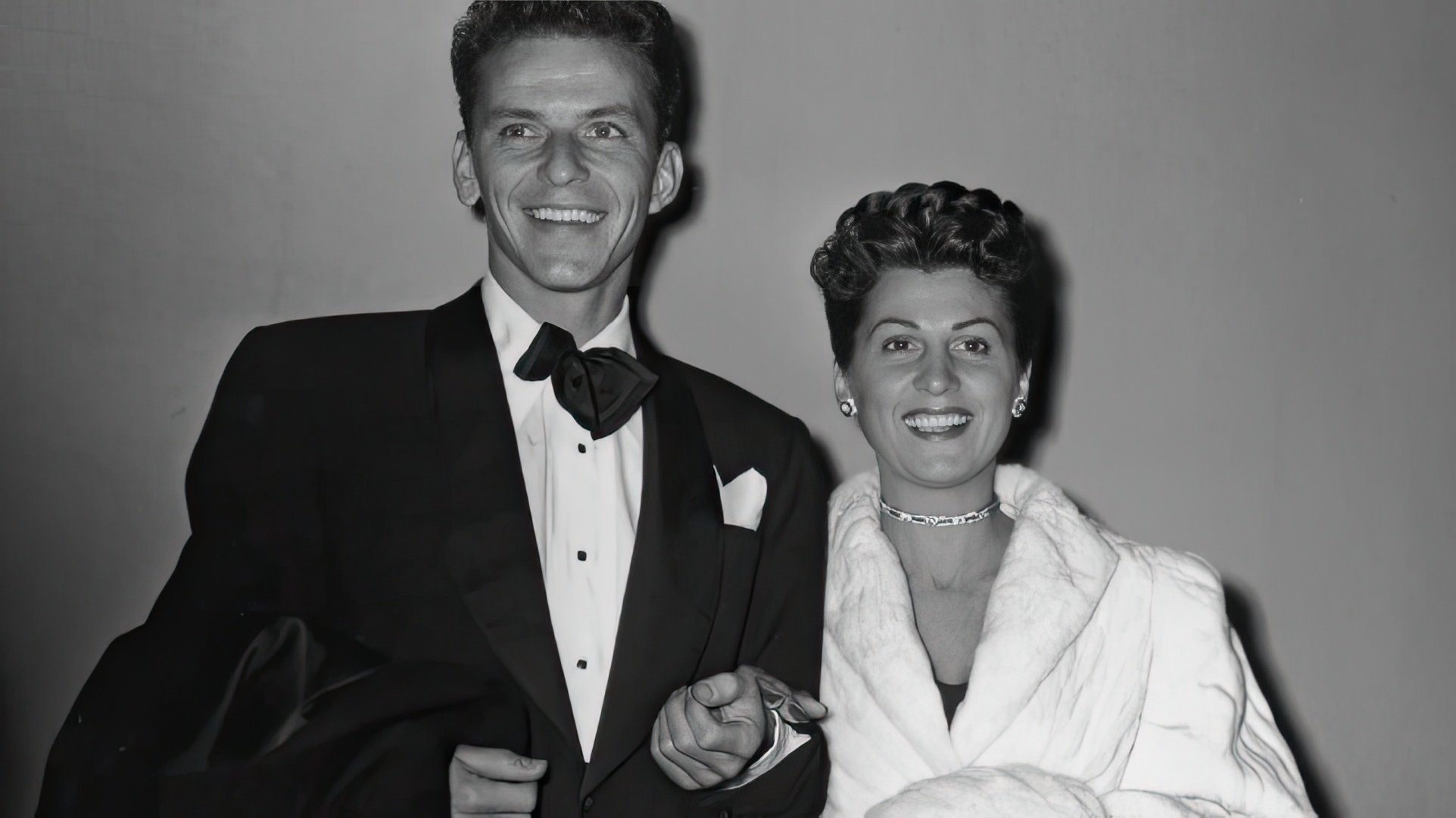
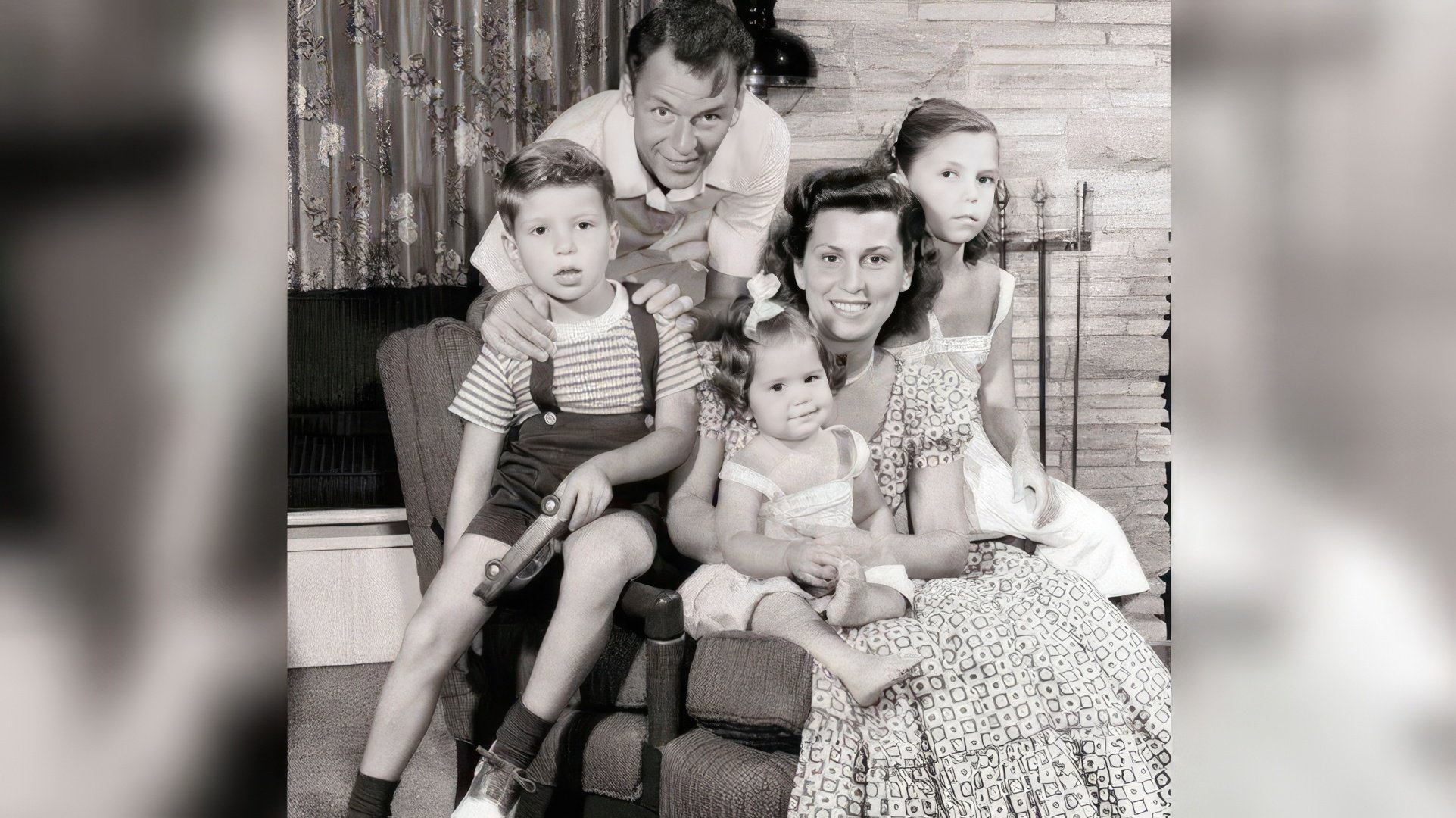
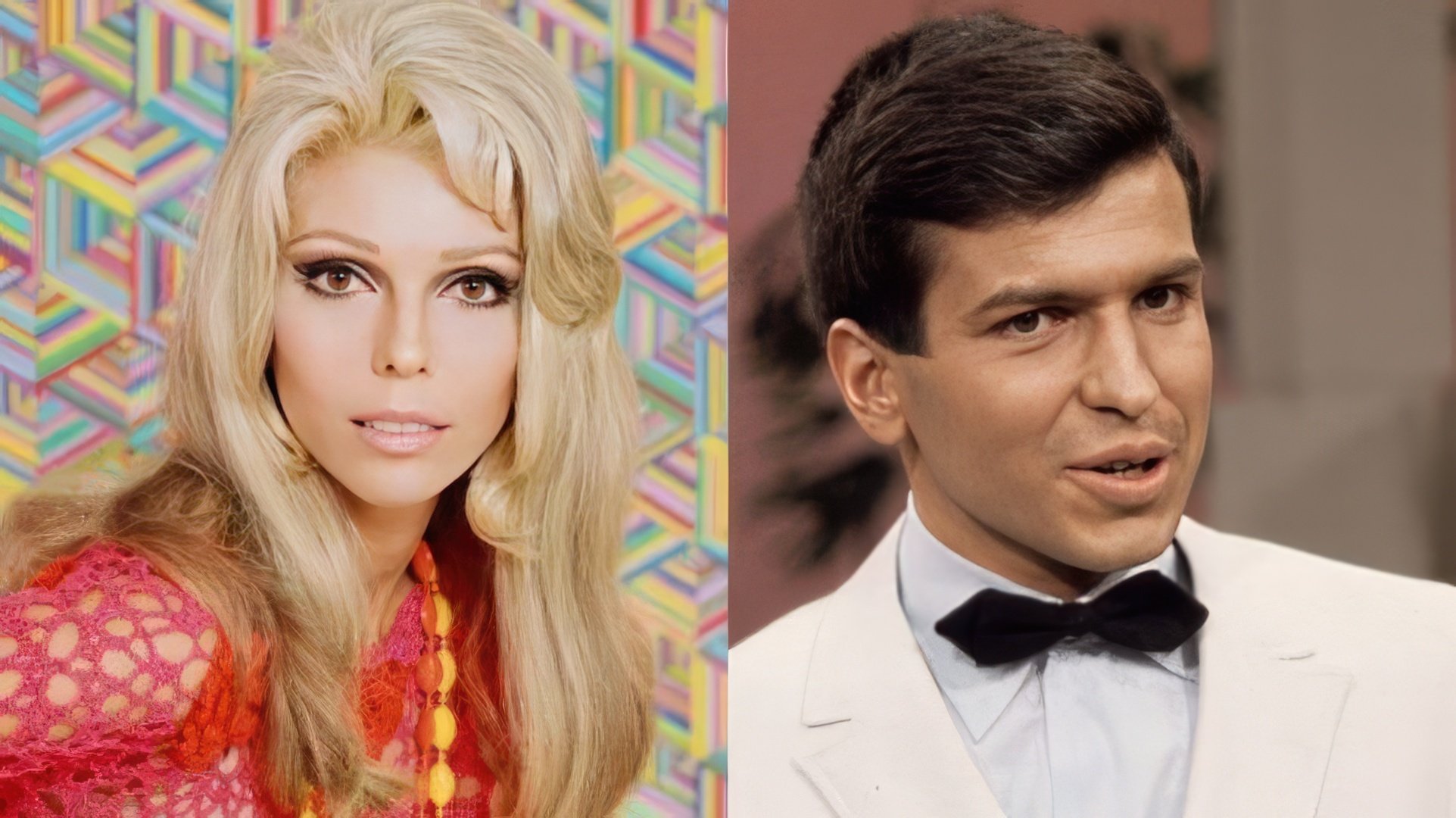
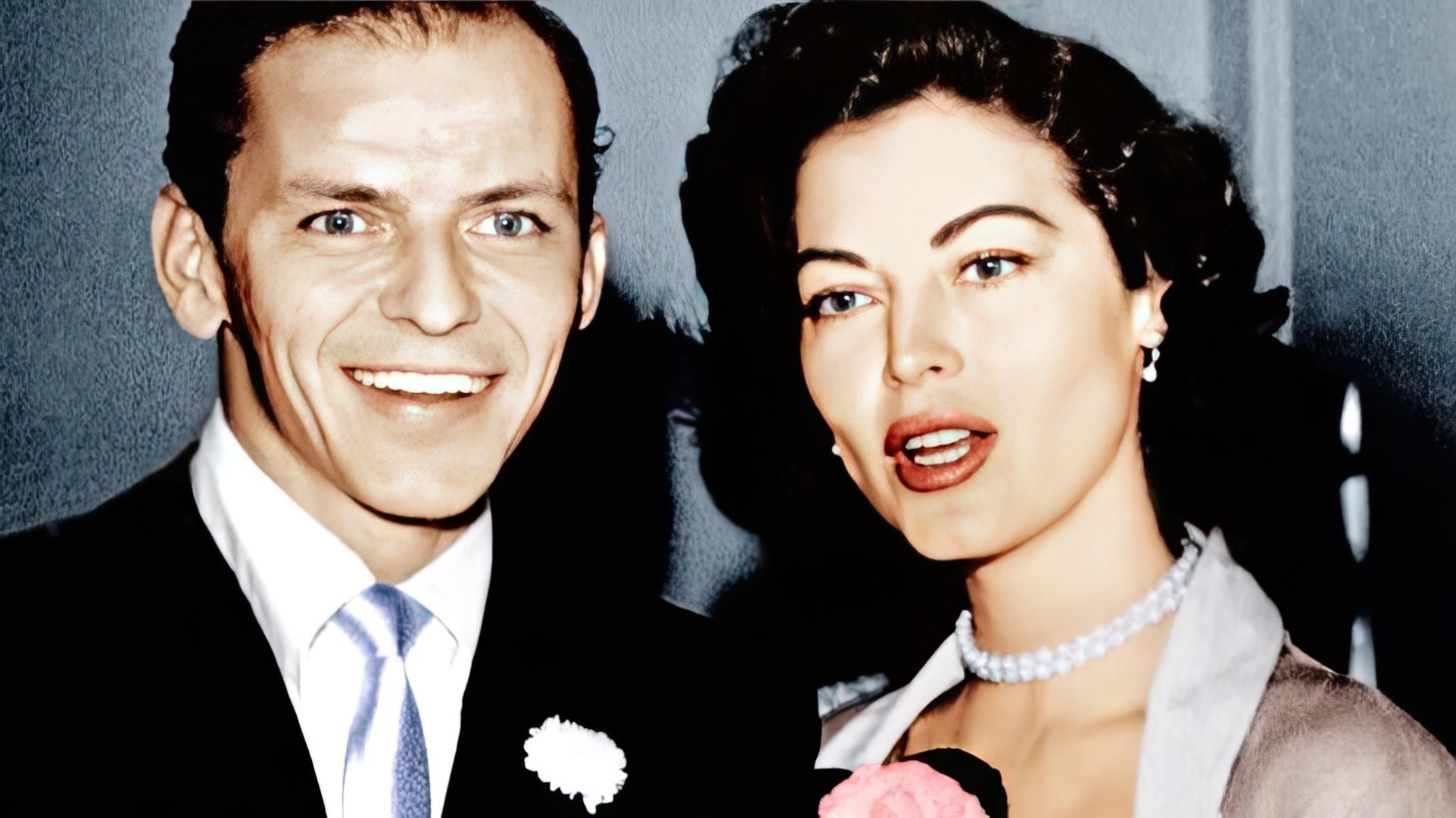
Ava supported her husband as best she could during this difficult period, but when Frank returned to the stage, their relationship reached another breaking point. Sinatra returned to his old ways and began having affairs, and Gardner, struck back by taking a lover herself, ultimately leading to the dissolution of their marriage after six years of living together.
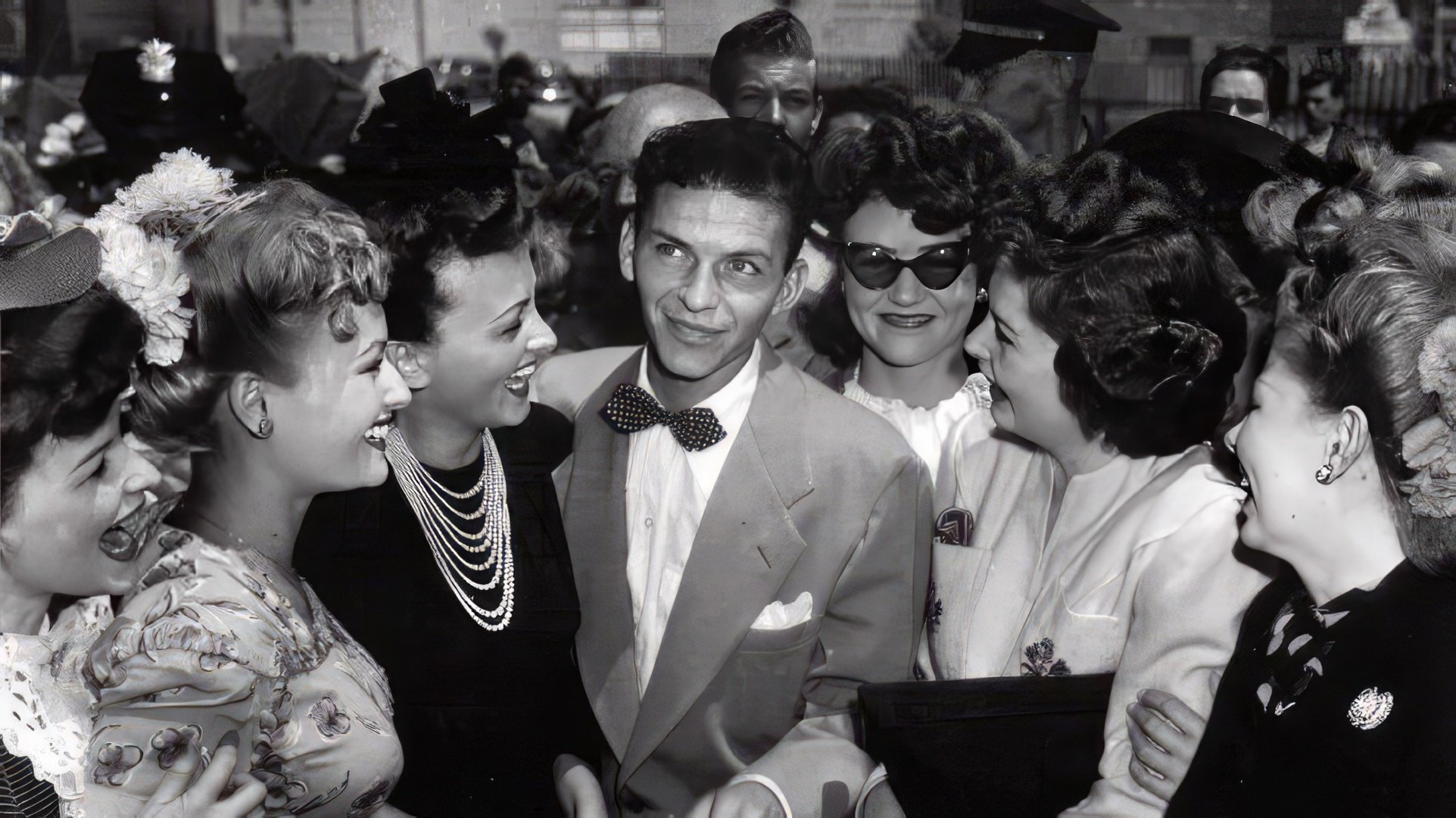
Sinatra's third wife was actress Mia Farrow, who was thirty years younger than her husband. Their marriage lasted only a year and a half and ended due to his constant infidelity. He couldn't resist the parade of beautiful women drawn to his legendary voice. He was rumored to have had affairs with Marilyn Monroe, Gina Lollobrigida, Lana Turner, Shirley MacLaine, Jacqueline Bisset, and even Grace Kelly, the future princess of Monaco.
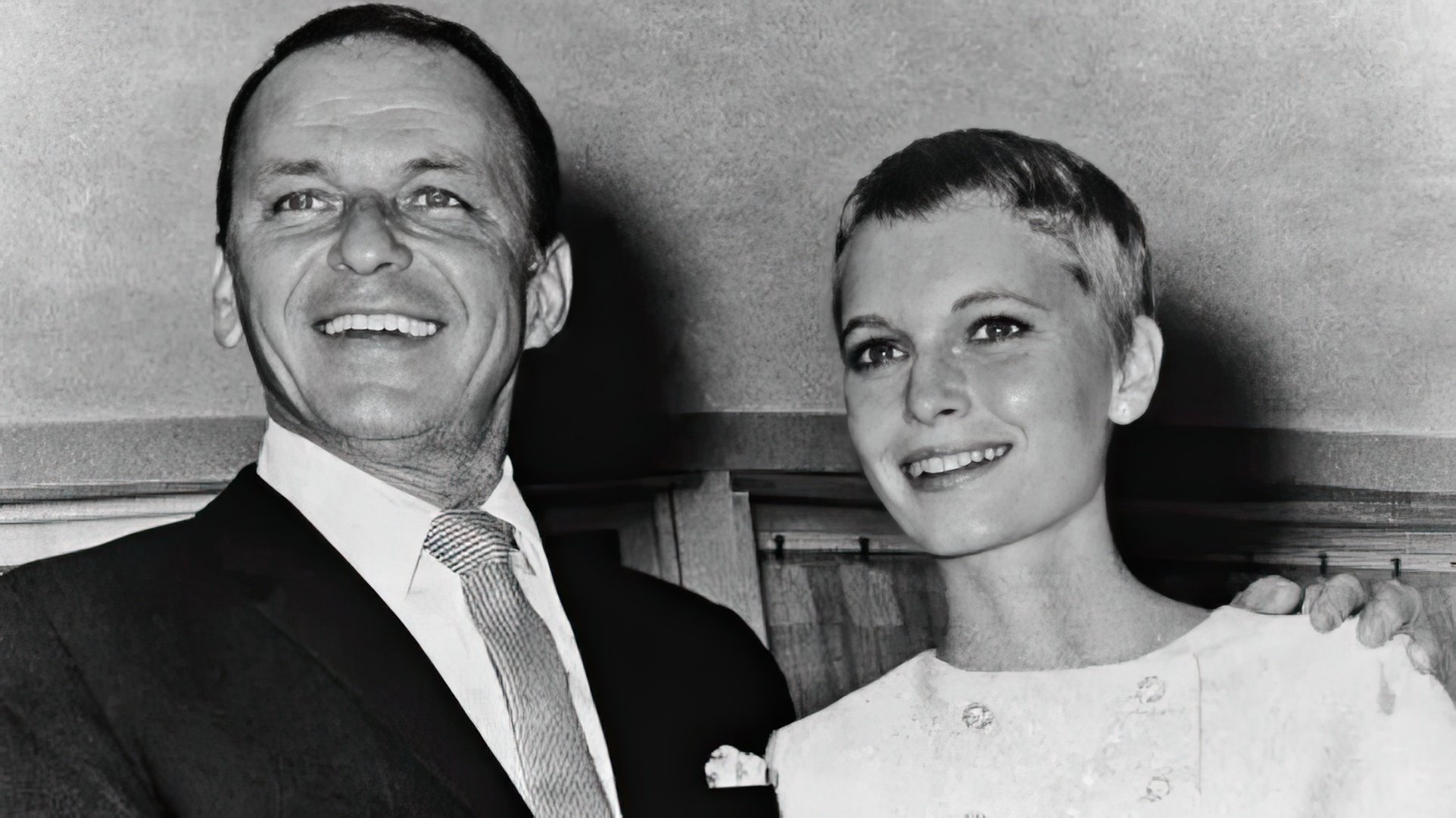
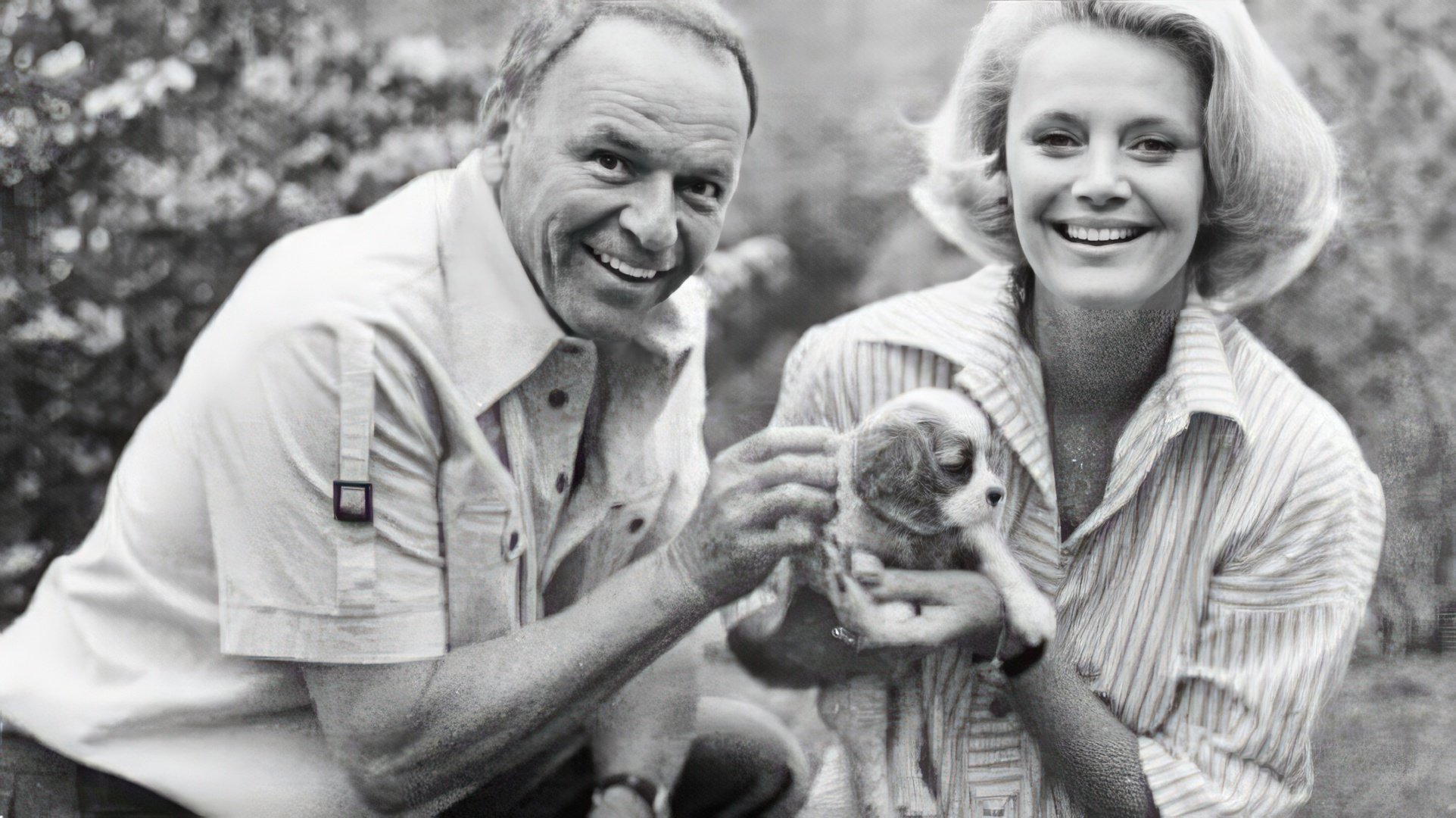
The Final Years and Death
A year before his death, on May 14, 1997, the singer received the Congressional Gold Medal—one of the most prestigious awards in the United States, given for outstanding contributions to the country's history and culture. In 1984, Ronald Reagan presented him with the Presidential Medal of Freedom—the highest civilian honor for invaluable contributions to national interests and maintaining the country's reputation in the global community.